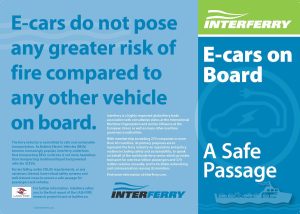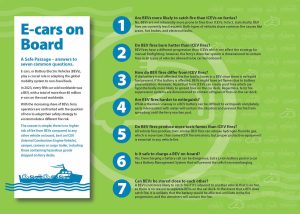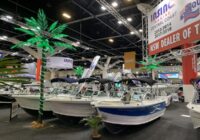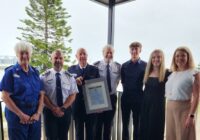Interferry has launched a vital new resource for its members. The brochure, “E-cars on Board – A Safe Passage,” addresses common concerns regarding battery electric vehicle (BEV) safety on ro-pax ferries. It provides clear, concise information based on recent research, including findings from projects such as Lash Fire, in which Interferry actively participated.
The core message is straightforward: BEVs do not present a greater fire risk than traditional vehicles. They can be stowed safely next to other vehicles on board a ship´s vehicle decks, as the fire extinguishing equipment of a ro-pax ferry can handle potential incidents, no matter if it comes from an e-car or a traditional internal combustion engine vehicle (ICEV).

In a clear Q&A format, the brochure informs that BEV fires are statistically less frequent than ICEV fires. It rectifies misconceptions about common fire causes and intensity, extinguishing methods, and fume toxicity. It also clarifies safe storage practices and highlights the safety of on-board charging.
Johan Roos, Director of Regulatory Affairs at Interferry, stresses the brochure’s importance. “Informed passengers are essential, especially as we approach the travel season in many parts of the world. Global e-car numbers are rising, and with it the uncertainties as to how this will affect the safety of ferry travels. Ferry operators must provide clear, accurate information, and we believe this brochure is a valuable tool. We want all ferry customers to feel safe and secure.”


The brochure, including simple printing instructions, is available for immediate download for all interested parties at https://interferry.com/e-cars-on-board-brochure/.
For further information about the Lash Fire project aiming to reduce the risk of fires on board ferries, please visit www.lashfire.eu.







